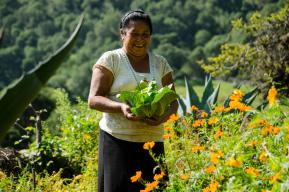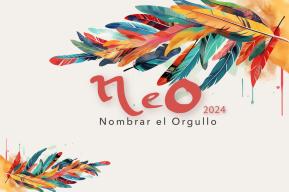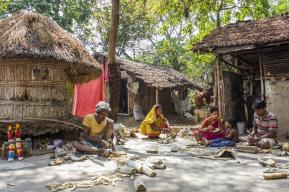Project
Instruments and Strategies for Sustainable Development of the Historic Centre of Salvador
Since 2017, in cooperation with UNESCO, the Municipality of Salvador (Bahia, Brazil) has designed and structured projects and instruments to strengthen public policies for sustainable development to preserve and promote the Historic Centre of Salvador (Centro Antigo de Salvador - CAS). This urban district is part of the UNESCO world cultural heritage site, inscribed in the List in 1987.
In this sense, the actions align with the municipal Urban Development Master Plan (PDDU), approved in 2016. PDDU defines the legal frameworks for urban management, reinforcing the capacity of the bodies responsible for preserving and promoting the Historic Centre. Throughout the process, several technical workshops were held, involving around 150 actors and representatives of local and regional bodies, including public managers, who work in cultural heritage and urbanism.
Urban mobility is one of the principal axes of the project. It was addressed by the Functional Plan for Urban Mobility of the Historic Centre of Salvador, focusing on improving the mobility and accessibility of citizens based on an integrated action between transport and land use.
A specific plan was also prepared to be implemented in the commercial neighbourhood of CAS to support the development of economic-financial models enabling the Sustainable Urban Occupation Program.
Since 2021, studies have been completed to establish an investment fund as a financial instrument to induce a municipal sustainable housing program in the Historic Centre of Salvador. In the final modelling phase of the financial instrument mentioned above, the process of hiring an institution duly authorized by the Securities and Exchange Commission (Comissão de Valores Mobiliários – CVM) is in progress for its effective constitution, creating a permanent asset for requalifying the cultural heritage.
Currently, an architectural survey of facades and volumes is being completed using a laser scanner and the Building Information Modeling (BIM) method in the regions of Ladeira da Misericórdia, Corpo Santo, Ladeira da Montanha and Av. Sete de Setembro. These are strategic locations in terms of historical ensembles and monuments. Furthermore, it is an innovative action in terms of diagnosis, focusing on the recovery of approximately 60 properties to support their recovery, considering that many are idle or in ruins. In this sense, this work aims to requalify them and boost their use, changing the landscape of the Historic Centre.









